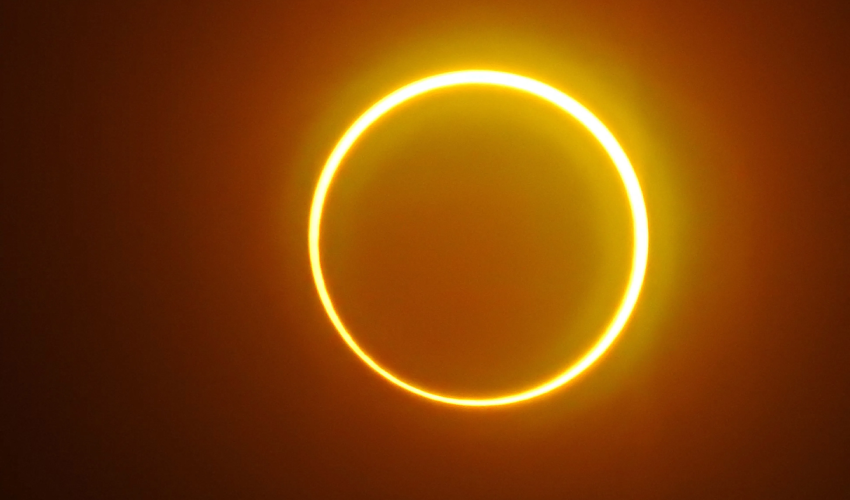On October 2, 2024, skywatchers in parts of the Pacific Ocean, southern Chile, and Argentina will witness an annular solar eclipse, also known as the "Ring of Fire." This stunning celestial event occurs when the moon moves between the Earth and the sun but appears slightly smaller, leaving a glowing ring of sunlight around the dark lunar disk.
Why did the annular eclipse create a "Ring of Fire"?
Unlike a total solar eclipse, where the sun is entirely covered, an annular eclipse occurs because the moon is farther from the Earth, making it appear smaller in the sky. During the October 2 eclipse, approximately 93% of the sun's surface will be obscured, leaving a brilliant ring of light for up to 7 minutes and 25 seconds.
Where can you see the eclipse?
The "Ring of Fire" will be visible within a narrow path of annularity that spans the Pacific Ocean and cuts across southern Chile and Argentina.
One of the most iconic locations for viewing will be Rapa Nui (Easter Island), where the ancient Moai statues will provide a breathtaking backdrop to the celestial event. However, weather conditions in the region may pose challenges for viewing, with cloud cover expected in some areas.
Why this eclipse is special:
This annular eclipse stands out for several reasons. First, it follows the Great North American Eclipse from April 2024, so enthusiasm for solar eclipses is expected to be high. Second, it offers an exceptionally long viewing period of over 7 minutes in some locations.
Viewing safety:
As with all solar eclipses, it’s crucial to protect your eyes. Viewing the eclipse without proper safety equipment, like solar eclipse glasses, can cause severe damage to your eyes. Be sure to read up on safe eclipse viewing practices ahead of the event.


























